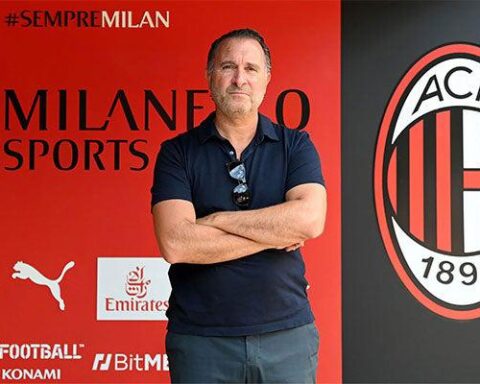“To make an experience”, “to have an experience”, “my experience tells me…”
We use the word experience in many ways, in different contexts, and often with different meanings.

But what truly categorizes an experience and, secondly, what does it mean in terms of the customer?
The etymology of the word helps us find the answer, for it comes from the Latin “experientia” that derives from “experiens,” the present participle of the verb “experiri”, which is to try, to experiment.
Therefore, of course an experience is to “try” or to experiment in the truest sense of conducting an experiment!
What is the objective of this effort, this experimentation, this experiment?
The objective is the same for a scientist as it is for a child: to reach an understanding!
One cannot just try something in order to understand it; another more decisive action is necessary. It is so crucial that, along with experimenting (actually, while simultaneously experimenting) it is of the same nature as the experience: to judge!
THEREFORE, AN EXPERIENCE IS AN EXPERIMENT COMBINED WITH A JUDGMENT FOR THE PURPOSE OF UNDERSTANDING (ESPECIALLY ONESELF)
The experience of the customer, like all human experiences, is one of experimentation and nearly simultaneous judgment.
What is the customer judging?
THE CUSTOMER IS JUDGING, WHILE SIMULTANEOUSLY EXPERIMENTING, THE CORRISPONDENCE BETWEEN THE OBJECT OF THE EXPERIMENT (OR WHAT HE IS PROMISED TO EXPERIMENT) AND HIS NEEDS AND DESIRES.
It is a quick and delicate process in order for the customer, like all individuals, to clearly understand what he needs and desires… by experimenting!
It is for this reason – I believe – that Kerry Bodine, in her new reformulation of the journey of the customer, emphasizes that the customer lives the phase of seek as “divergent”: he wants to explore all of the options at his disposal so that they can help him clarify his own needs.
The opportunity posed by an experience is often valuable regardless of the final judgment, because it serves to help augment our understanding of what we really want and really need.
In the numerous touchpoints that constitute the interaction between a brand and the customer, the latter tests and judges what he has experienced in terms of correspondence with what he needs or desires, clarifying (progressively or instantaneously) what he really desires and what he really needs.
The enthusiasm that a customer lives when he discovers, evaluates, chooses, and uses a product or service is the enthusiasm of someone who has finally understood what he really wants. The customer is enthusiastic about the product or service precisely because of this discovery and this correspondence. This enthusiasm is born from this discovery of the self, generated by the experience.
In every touchpoint, the brand can invite the customer to an experience that will help him make this enthusiastic discovery. This is why every touchpoint should be cared for in great detail, because every touchpoint speaks of the brand as a whole, just as a fragment can illuminate nature in its entirety!
Not surprisingly, Stan Phelps – brilliantly – in his theory of the purple goldfish, emphasizes the importance of glue (giving little unexpected extras): in fact, this is a special touchpoint created specifically for the customer to have, easily and immediately, an experience that truly reflects the entire nature and the makings of the promises of the brand.
How the customer judges this “correspondence” depends on a variety of subjective factors that a brand has very little control over. Each one of us makes judgments according to our personal background, worldview, education, and particular sensibilities.
(Certainly, the atmosphere in which the client lives this delicate phase of judgment depends on the brand. This heavily depends on the level of “happiness” that employees have in working for their brand. For this reason, I believe, Annette Franz insists on the relationship between happy employees and customer experience.)
This is why it is imperative that each brand understand how to communicate its own “promises”, its own values, because these promises and values indicate a certain worldview and sensibility that allows a brand to attract a customer with a similar vision.
One last problem remains: in each touchpoint, the brand must understand how to create an experience in line with its worldview!
(The world is very well overlooked from the high. Not a case that the word “desire” as well comes from the Latin “de-sidera”, or from the stars!)
This is precisely the heart of the job of those who work on Customer Experience!
Mario Sala










